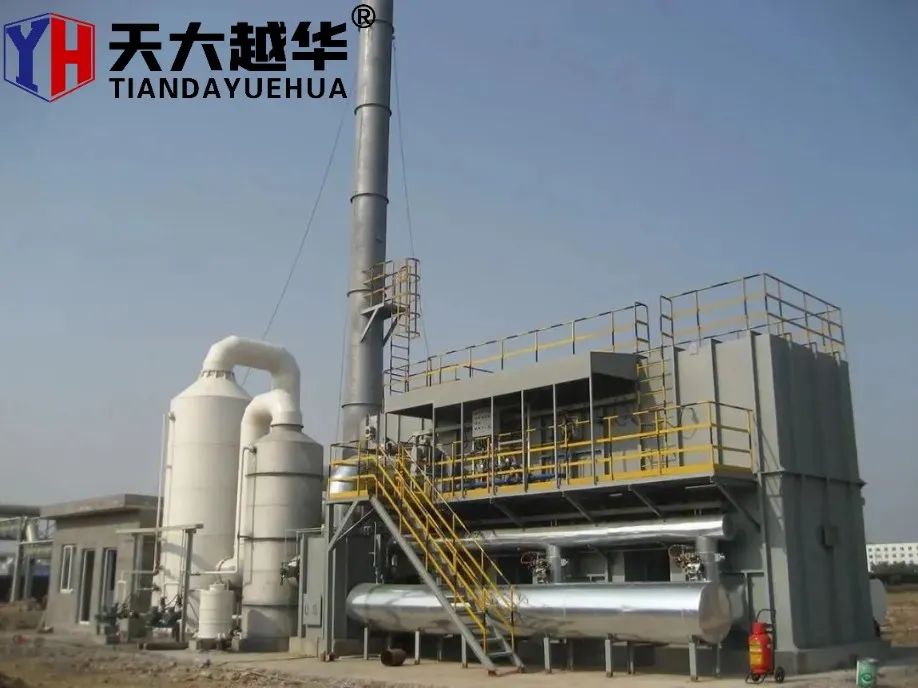Unveiling the Purpose and Power of the Oxider Incinerator RTO
2024-04-07
Introduction:
In the ongoing quest for sustainable industrial practices and environmental stewardship, innovative technologies like the Oxider Incinerator RTO (Regenerative Thermal Oxidizer) have emerged as powerful tools for combating air pollution. But what exactly is the purpose of an Oxider Incinerator RTO, and why is it essential in today's industrial landscape? Let's delve into the depths of its purpose to understand its significance and impact.
The Purpose of an Oxider Incinerator RTO:
1. Air Pollution Control:
At its core, the primary purpose of an Oxider Incinerator RTO is to control air pollution and mitigate the release of harmful pollutants into the atmosphere. Industries involved in manufacturing, chemical processing, printing, and other processes often generate volatile organic compounds (VOCs), hazardous air pollutants (HAPs), and other airborne contaminants as by-products. The Oxider Incinerator RTO provides an effective solution for treating these emissions, ensuring compliance with environmental regulations and protecting air quality.
2. Thermal Oxidation:
The Oxider Incinerator RTO achieves its purpose through a process known as thermal oxidation. Within the system's combustion chambers, contaminated air is heated to high temperatures, typically ranging from 1400°F to 1800°F (760°C to 980°C). This elevated temperature triggers chemical reactions that break down organic compounds in the air stream into harmless by-products such as carbon dioxide and water vapor. By harnessing the power of thermal oxidation, the Oxider Incinerator RTO neutralizes pollutants and renders them inert, preventing their release into the environment.
3. Environmental Compliance:
In today's regulatory landscape, industries face stringent environmental regulations and emission standards aimed at protecting public health and the environment. The Oxider Incinerator RTO enables industries to comply with these regulations by effectively treating and controlling emissions of VOCs, HAPs, and other pollutants. By investing in air pollution control technologies like the Oxider Incinerator RTO, industries demonstrate their commitment to environmental responsibility and sustainability.
4. Energy Efficiency:
Beyond its primary purpose of air pollution control, the Oxider Incinerator RTO also offers energy efficiency benefits. The system's regenerative heat recovery unit captures and recycles heat from the outgoing exhaust stream, preheating incoming fresh air before it enters the combustion chambers. This heat exchange process reduces the need for external fuel sources and minimizes energy consumption, resulting in cost savings and environmental benefits.
Conclusion:
In conclusion, the purpose of an Oxider Incinerator RTO extends far beyond mere air pollution control. It serves as a cornerstone of environmental stewardship, enabling industries to responsibly manage their emissions while maintaining compliance with regulatory requirements. By harnessing the power of thermal oxidation and energy-efficient design, the Oxider Incinerator RTO empowers industries to protect air quality, safeguard public health, and contribute to a cleaner, more sustainable future for generations to come.



